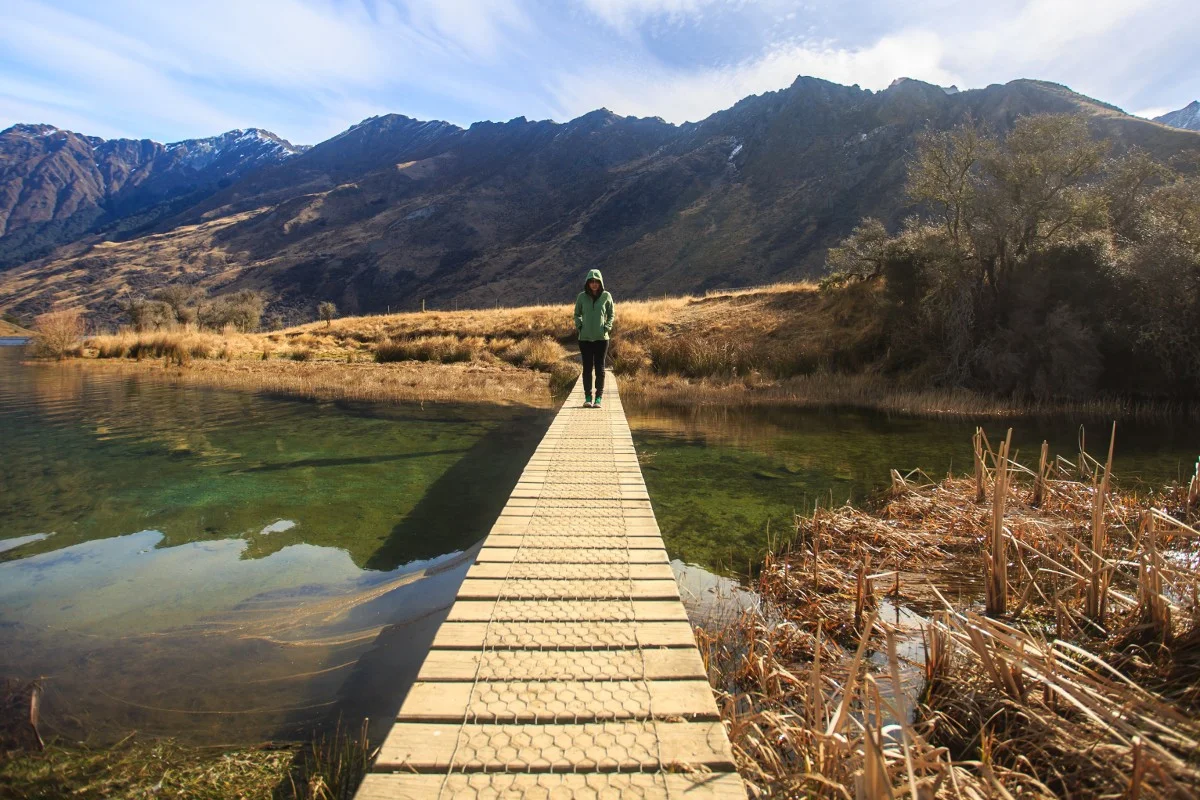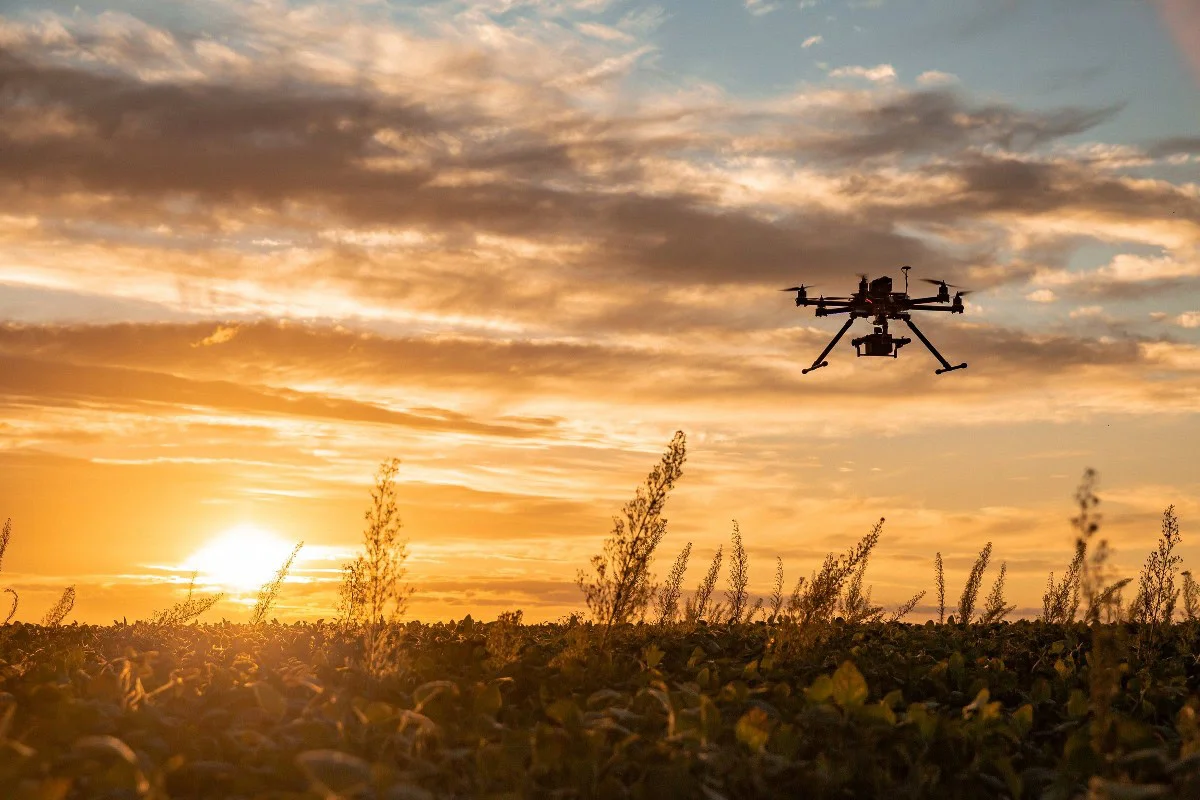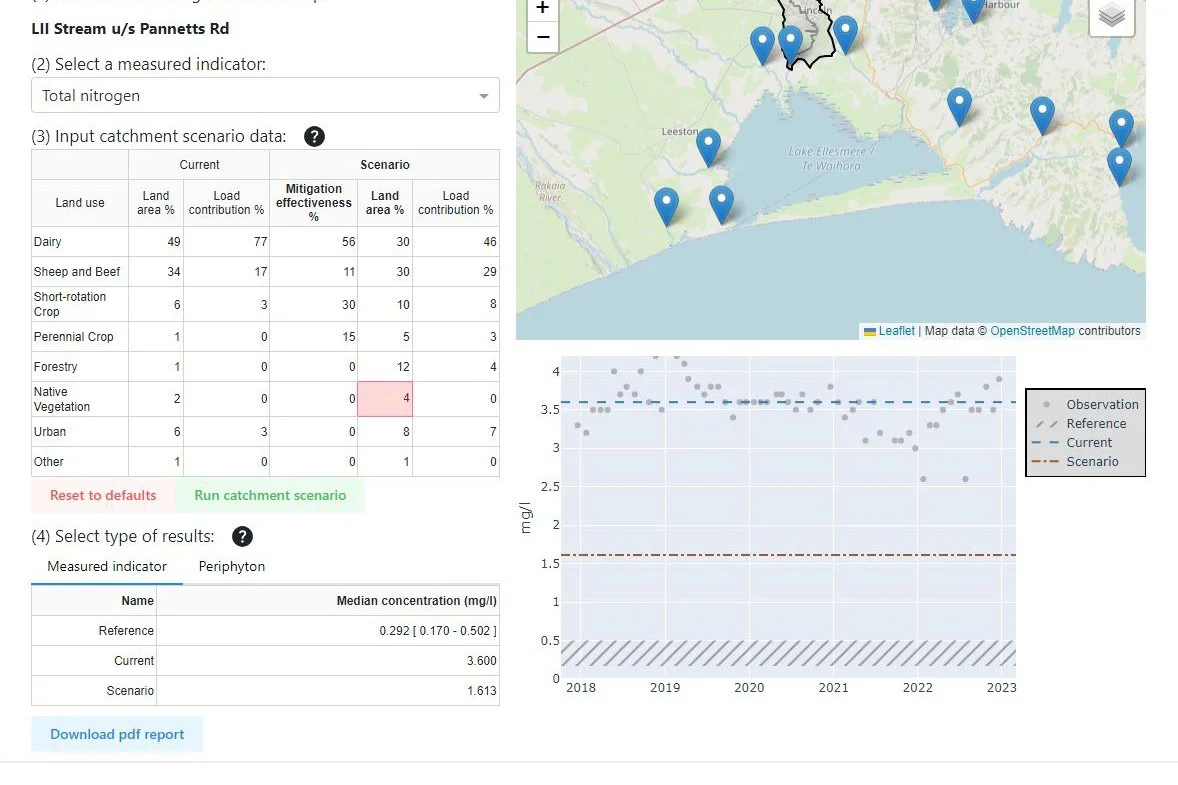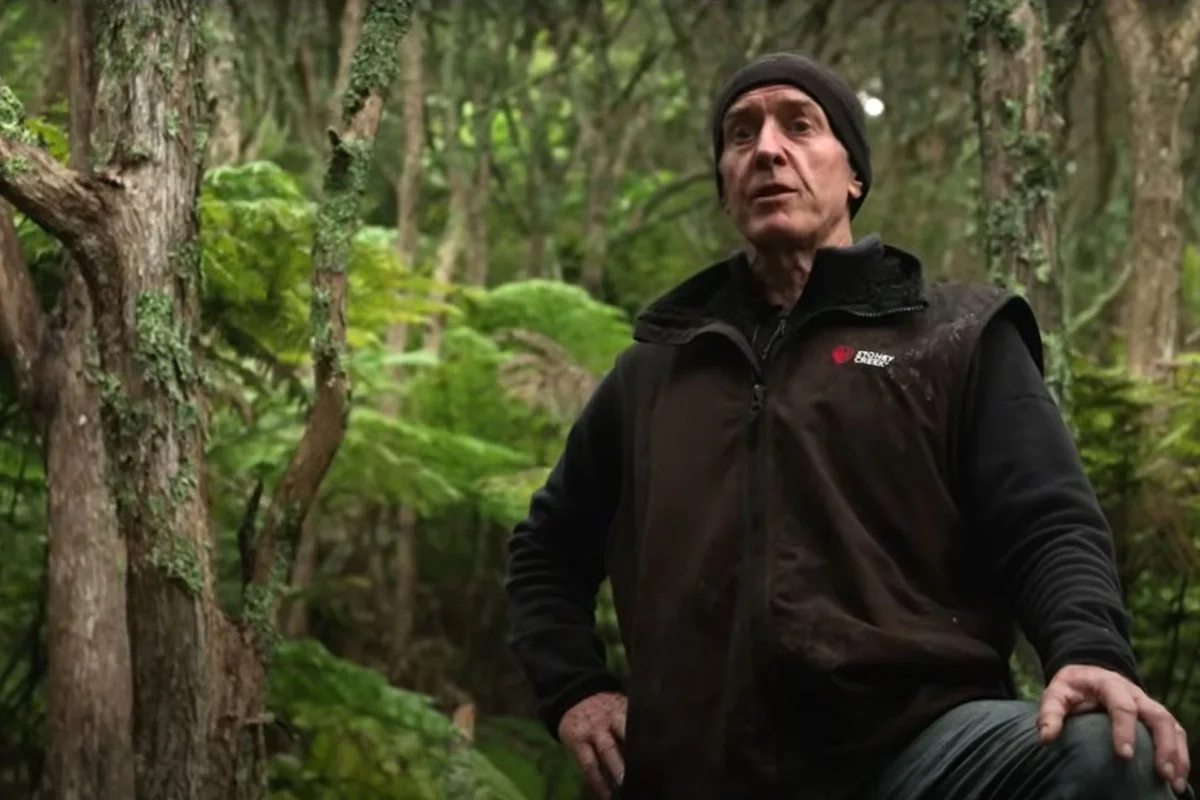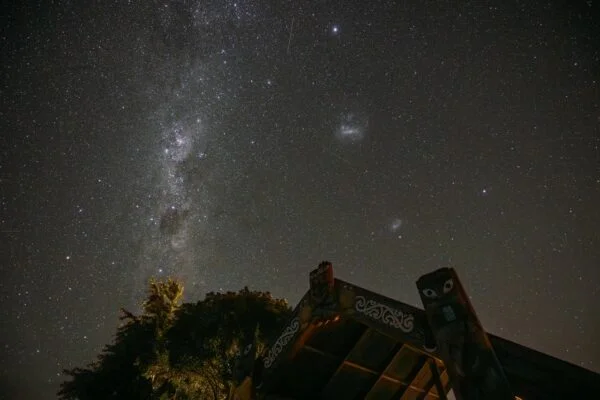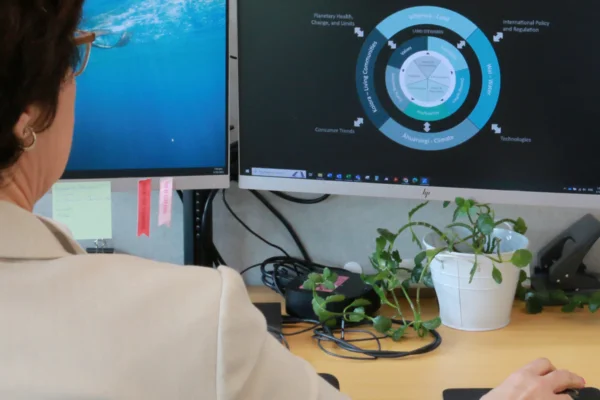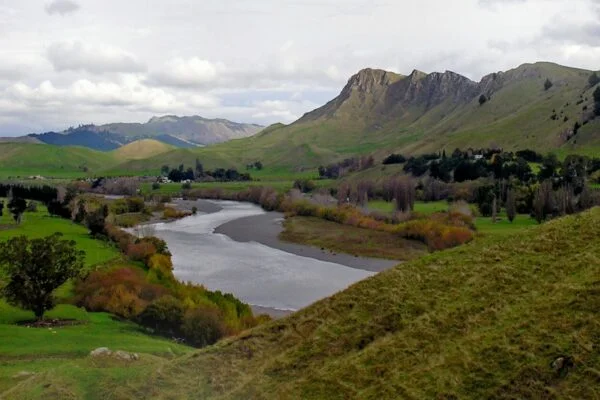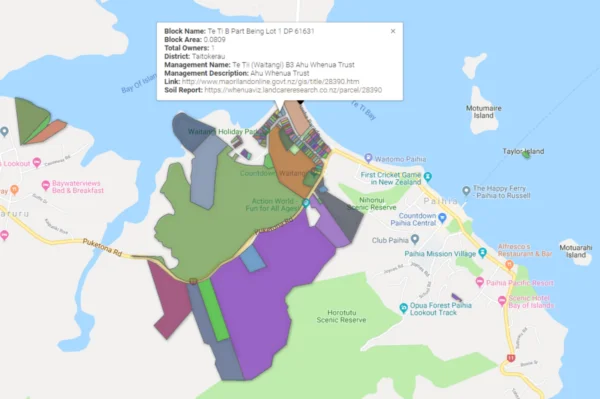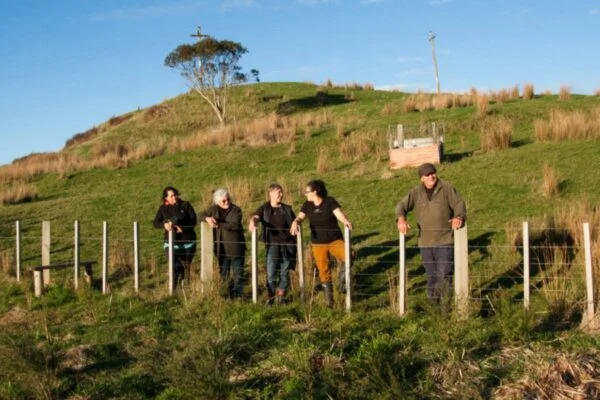What are we doing? E aha ana mātou?
The Rural Professionals Fund enables individuals and businesses to partner with scientists to test exciting and innovative ideas that could lead to significant improvements in farming systems. All projects are required to extend what is learned to the wider rural profession and farming community.
The fund launched in May 2020, with investment awarded to 15 projects that could rapidly test ideas and innovations. A second funding round closed on 20 August 2021, with applications now under review by representatives of Our Land and Water and NZIPIM. Funded projects will be announced in September.
Read more about the 15 projects that were successful in the 2020-21 funding round below. Follow Our Land and Water on Facebook for project updates.
Project Summaries
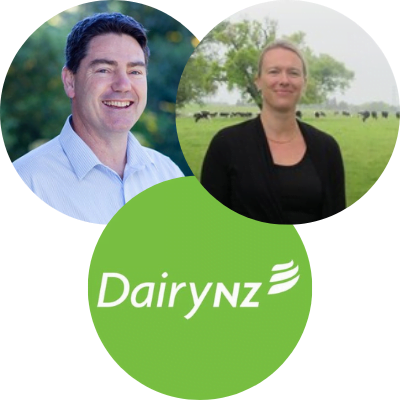
Increase milk production with improved water quality
Rural Professional: Edward Hardie, LIC FarmWise
Farmer/Entrepreneur: Stu Morgan, Dairy NZ
OLW Science Partner: Karin Schutz, AgResearch
Cattle are very sensitive to contamination of their drinking water. There is a positive relationship between feed and water intake in dairy cattle, which means that depressed water intake can lead to decreased feed intake and milk production. Anecdotal evidence from a farm in Northland showed a significant increase in milk production (up to 10%) from just changing the water supply quality. The purpose of this project is to take the on-farm field example and under controlled conditions confirm that clean pure water, that is not only good for the environment, is also good for increasing milk production and animal welfare.
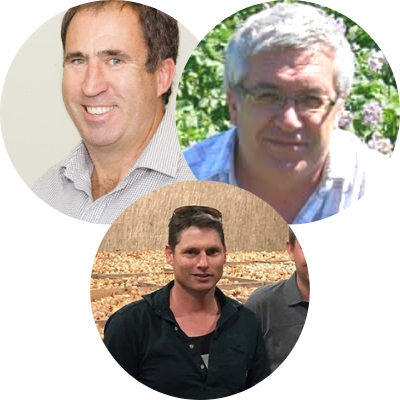
Measuring real time nitrogen losses in vegetable production
Rural Professional: Jamie Thompson, Ravensdown
Farmer/Entrepreneur: Chris Zuierwijk, Bostock
OLW Science Partner: Bruce Searle, Plant & Food Research
Being able to measure nitrogen loss in real time relative to climatic conditions (rainfall/drainage events) and then relate to management practices is the key to both problem recognition and consequential improvements in good agricultural practices. This project will combine 3 sources of information (nitrogen losses, drainage events, on farm management practices) to show 'cause and effect' of various management practices and support the development of improved agricultural practices, including nutrient and irrigation management (rates/timing etc) and other methods that might support reduced nutrient losses (eg catch crops).
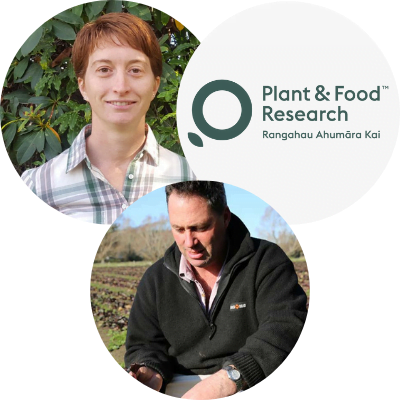
Application of remote sensing in spatial irrigation scheduling
Rural Professional: Cindy Lowe and Andrew Curtis, Water Strategies
Farmer/Entrepreneur: Kelvin Hicks, Willowmere Organics
OLW Science Partner: Hamish Brown, Plant & Food Research
Irrigation scheduling for arable and vegetable farmers is challenging. Multiple crops, of different value, often under the same irrigator, along with regular cultivation means the use of soil moisture sensors can be impractical and costly. Through remote sensing of the crop in conjunction with a water balance model, this project explores the field scale potential for the cost-effective application of true spatial irrigation monitoring across a farm. If successful, this project could provide a practical, low-cost monitoring option for cropping farmers and a new generation of pastoral farmers, alongside a new and exciting spatial irrigation scheduling opportunity.

Integrating horticultural and arable land use options into hill country farm systems
Rural Professional: DJ Apparao, G&D Consulting and Dr Liz Dooley, PerrinAg Consultants
Farmer/Entrepreneur: Rita Batley, Taihape Sheep and Beef Farmer Group
OLW Science Partner: Iona McCarthy, Massey University
Selecting appropriate horticultural and arable options for hill country farms and farmers, with confidence that these are financially viable and markets exist for the products, can be challenging. This project will evaluate tools to integrate information on factors such as local climate, soils and topography, and information on various crop requirements, management and production. The most useful tools will be selected and used in a structured approach to identify the most suitable range of crop options for a case study with several Taihape sheep and beef farmers interested in horticultural options.

Perception of drone use in environmental management
Rural Professional: Sam Mander, The Agribusiness Group
Farmer/Entrepreneur: David Stevenson, Addington Pastures
OLW Science Partner: Dr Sharon Lucock and Dr Victoria Westbrooke, Lincoln University
Can drones be used to efficiently demonstrate environmental compliance and thus ecological sustainability? This research will investigate the perceptions of farmers and rural professionals about using drones for environmental compliance purposes, and how drones use can be proactively integrated into on-farm management for better environmental outcomes. Barriers will be identified to the use of drones in environmental compliance, monitoring and management, as well as incentives to overcome these barriers.
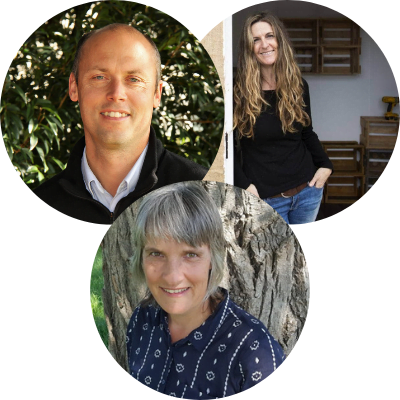
Impact of regenerative farming on meat quality
Rural Professional: Steve Howarth, AgFirst
Farmer/Entrepreneur: Tracey Bayliss, Grandad's Beef
OLW Partner: Katherine Tozer, AgResearch
If regenerative farming can improve meat quality, particularly intramuscular fat and flavour, this provides a significant opportunity to produce and market premium meat products from surplus New Zealand dairy industry livestock. This could increase farm profitability, reduce the environmental footprint and lead to increased sustainability of the New Zealand pastoral industry. This project will test the hypothesis that regenerative farming produces cattle with better meat quality compared to equivalent conventionally finished animals and is associated with increased pasture diversity.
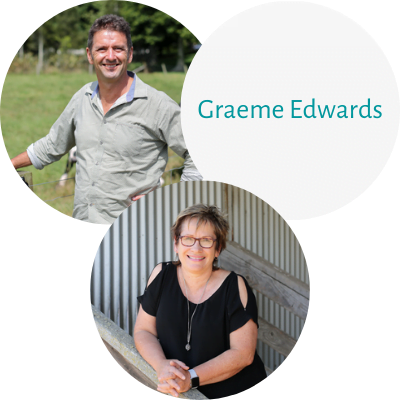
Bananas on dairy farms for forage supply and effluent cycling
Rural Professional: Warren King, AgResearch
Farmer/Entrepreneur: Graeme Edwards, Kahurangi Farm
OLW Science Partner: Robyn Dynes, AgResearch
New Zealand is considered too far south of the equator to grow bananas. Despite this, bananas are grown – commonly as ornamentals – over wide areas of the northern North Island. With appropriate cultivars, management and location, bananas are capable of being persistent and productive. This creates an opportunity to use banana plant material as feed for livestock. In addition, growing bananas using effluent as the source of nutrients could become a key component of a dairy farm effluent system. This project will deliver a 'proof of concept' that growing bananas on Northland dairy farms will increase the economic and environmental sustainability of the dairy enterprise.

Seeing, understanding, believing: A farmer-led project into waterway improvement
Rural Professional: Terry Parminter, KapAg
Farmer/Entrepreneur: Christine Finnigan, Finnigan Farming Trust
OLW Science Partner: Juliet Milne and Amanda Valois, NIWA
Farmers have identified a need to measure and evaluate water quality indicators associated with their own farms, and to use the results for strategic planning and catchment group activities. This project will enable farmers to directly measure ecological health, nutrient and sediment status in water that drains critical source areas on their farms. These results will support the implementation of the Good Farming Practice Action Plan (2018) and include measures of ecological health consistent with Horizon's One Plan (Schedule E) and the new National Policy Statement for Freshwater Management (2020).

What are the best sediment traps for my hill country stream?
Rural Professional: Peter Keeling, PerrinAg Consultants
Farmer/Entrepreneur: Blair and Anna Nelson, King Country River Care (Lower Mokau Subcatchment Group)
OLW Science Partner: Prof Russell Death and Prof Ian Fuller, Massey University
Sediment deposition, along with nutrient enrichment, are the two major stressors agricultural land use places on New Zealand waterways. In hill country sheep and beef farms erosion is the primary driver of sediment infiltration into waterways. Any management activity that will reduce sediment loss from the land to water is a benefit for both the farm and the receiving waterbody. However, there are a variety of sediment trap methodologies that can be used, and there are no guidelines on which ones are best and in what circumstances. This project will recognise and have a connection with existing guidelines on sediment traps and will focus on hill-country only.
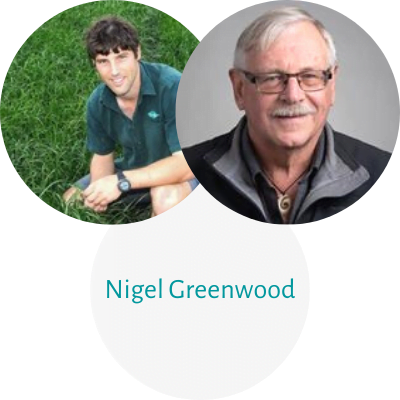
Novel crop establishment for high-value hybrid seed crops
Rural Professional: Richard Chynoweth, Foundation for Arable Research
Farmer/Entrepreneur: Nigel Greenwood
OLW Science Partner: Prof John Hampton, Lincoln University
Strip-till is widely used in New Zealand for the establishment of commercial maize crops, and to produce hybrid seed maize in Poverty Bay. It is not widely used to establish hybrid vegetable seed crops. This project will test the establishment of hybrid radish seed crops using strip till, undertaking three large-scale, replicated trials with different growers in Canterbury. The factors that will be measured will include crop emergence, weed ingress, disease incidence in crop and seed after harvest, seed yield, gross margin, pesticide use, fuel use, modelled nutrient loss and soil quality parameters before harvest.
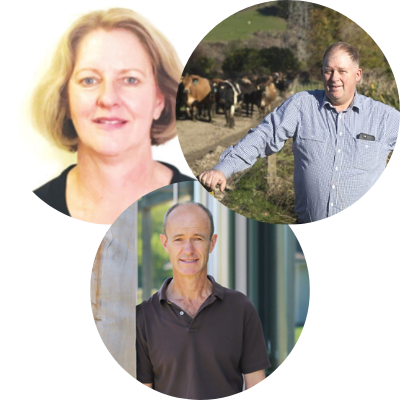
Risk assessment with mahinga kai values to prioritise actions in FEPs
Rural Professional: Katherine McCusker, Dairy NZ
Farmer/Entrepreneur: Gray Baldwin
OLW Science Partner: Dr Ross Monaghan, AgResearch
There are 7000 dairy farms that do not have a full FEP and require one by 2025 (or earlier in priority catchments). To maximise potential effectiveness of FEPs and promote uptake on-farm of established and developing mitigations and Good Management Practices, FEPs must be implemented in a consistent and standardised way. Providing consistency to mitigation prioritisation will give farmers the confidence to act therefore accelerating behaviour change. This project will co-develop a freely available standardised mitigation prioritisation framework tool for use across the dairy sector, and identify the potential barriers and enablers for change.
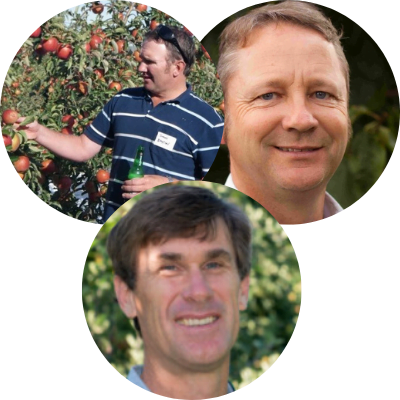
Reducing variation in apple tree yield through targeted water and nutrient application
Rural Professional: Greg Dryden, Fruition Horticulture
Farmer/Entrepreneur: Simon Easton, Wairepo Holdings
OLW Science Partner: Dr Ken Breen, Plant & Food Research
Industry current methods of irrigating and supply of nutrients to apple orchards are at a block-level using a 'one size fits all' approach. There is no accounting for the considerable variation in tree requirements due to variability in soil texture. Reducing tree variation also has the potential to achieve even maturity and fruit quality, which is also important for the economics of mechanisation and post-harvest outturn. The cost/benefit of implementing a strategy of reducing tree variability needs to be tested.

Facilitating farmer economic understanding of alternative land uses and the barriers to adaptation and land use change
Rural Professional: Phil Journeaux, AgFirst
Farmer/Entrepreneur: Phil Weir, Beef & Lamb Farmer Councillor
OLW Science Partner: Tracey Nelson, AgResearch
This project will explore the decision-making around land use change in real farm scenarios. The observations and experiences will be distilled to be communicable to other farmers across New Zealand. A few workshops will be held that discuss the diversification options for a region such as the Waikato, including value and supply chains, and the capacity for potential diversifiers (who have historically been involved in commodity production) to transition to value added scenarios. Areas of uncertainty will be ascertained, with a facilitator providing coaching and support to participants carrying out diversification due diligence. A final workshop will draw conclusions on the reasons for change and barriers to change.
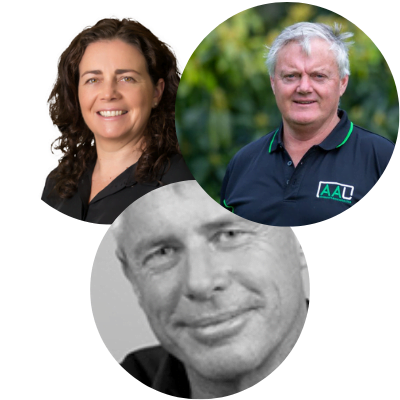
High performance soils for avocados
Rural Professional: Tony Bradley, Aongatete Avocados
Farmer/Entrepreneur: Sarah Sorensen, NZ Avocado Industry
OLW Science Partner: Declan Graham, Plant & Food Research
High quality fruit and high yields are targets for the New Zealand avocado industry, however, there is limited information as to what a high-performance soil looks like to help achieve these goals. This project will be the first to collect the combination of chemical, physical and biological soil characteristics and look to correlate them with fruit quality and yield. Outcomes will help inform the value of nutritional programmes, and provide nutritional and biological benchmarks from high performing orchards (yield and quality) for growers to compare themselves to.
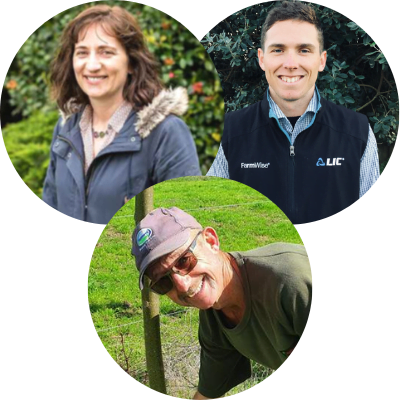
Creating a diverse and sustainable dairy farming and forestry landscape
Rural Professional: Regan McCorquindale, LIC FarmWise
Farmer/Entrepreneur: Graham Smith, Miraka Farm
OLW Science Partner: Gina Lucci, AgResearch
Reduction in pasture production and quality under trees is one of the perceived drawbacks of planting more trees on farms. However, pasture production under trees can range from a 15% increase to a 77% decrease, depending on the tree species, planting density and time of year. In this project, the spatial pasture production will be measured with increasing distance from trees. This information can then be used in spatial decision support models to estimate the effects planting trees would have on pasture production. This project will also aim to determine how cows use a grazing space planted with Paulownia trees compared to a typical barren pasture environment.
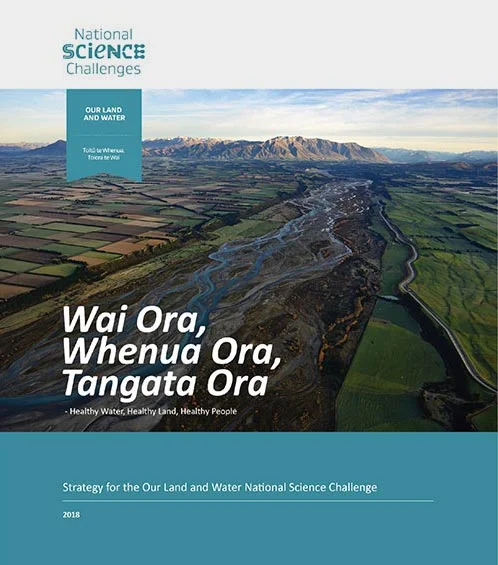 View Our Strategy Document 2019 – 2024
View Our Strategy Document 2019 – 2024
